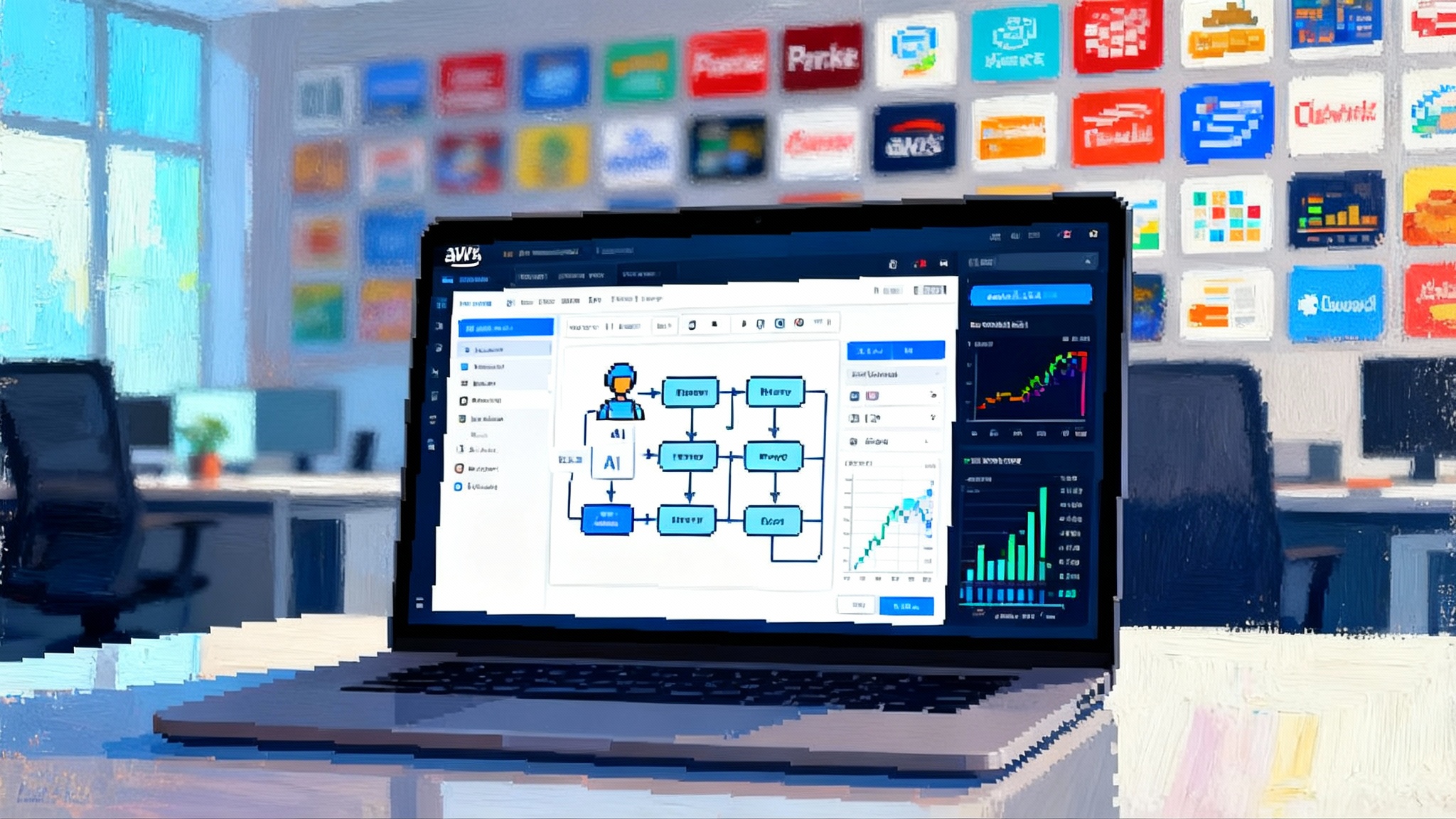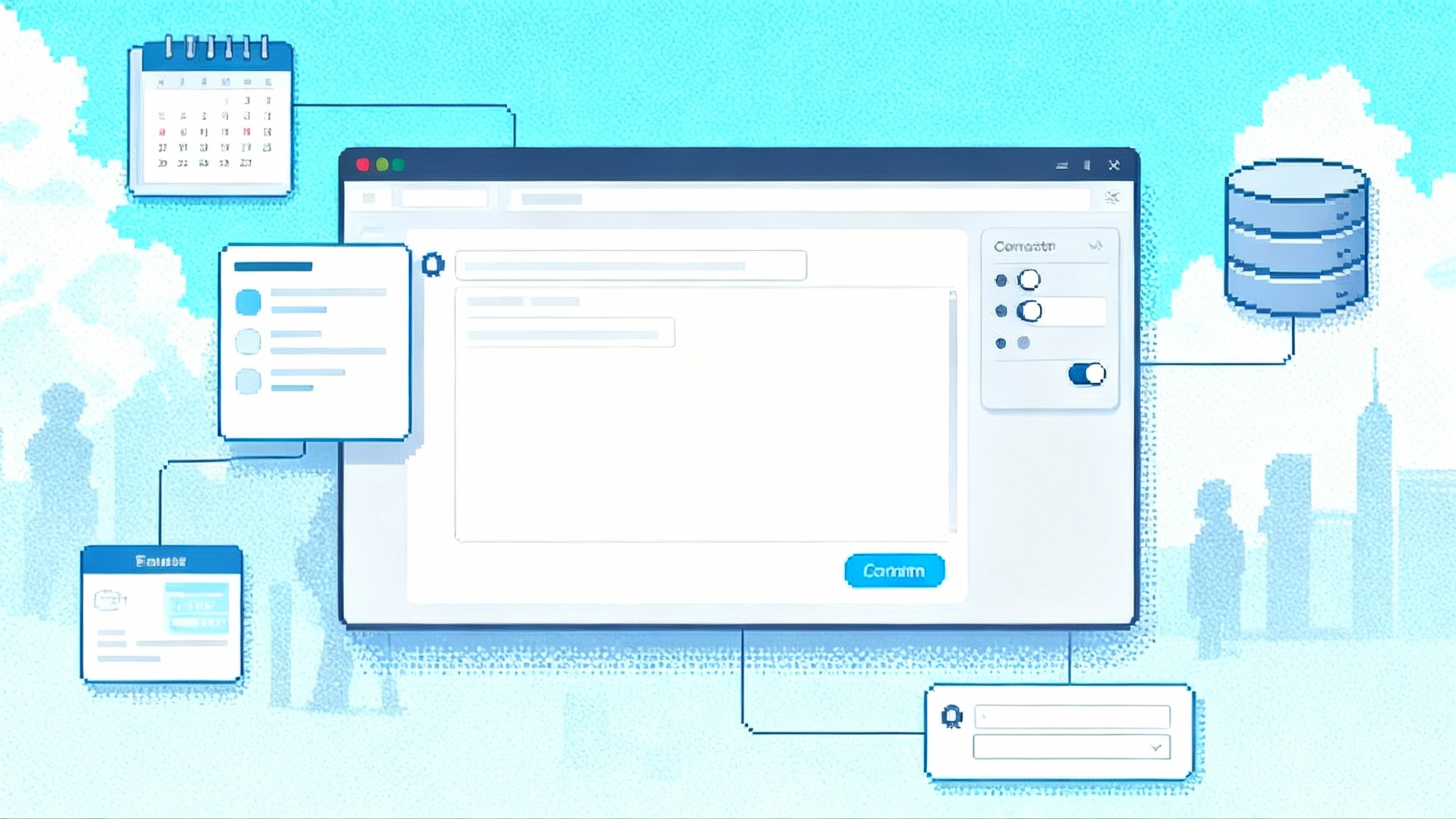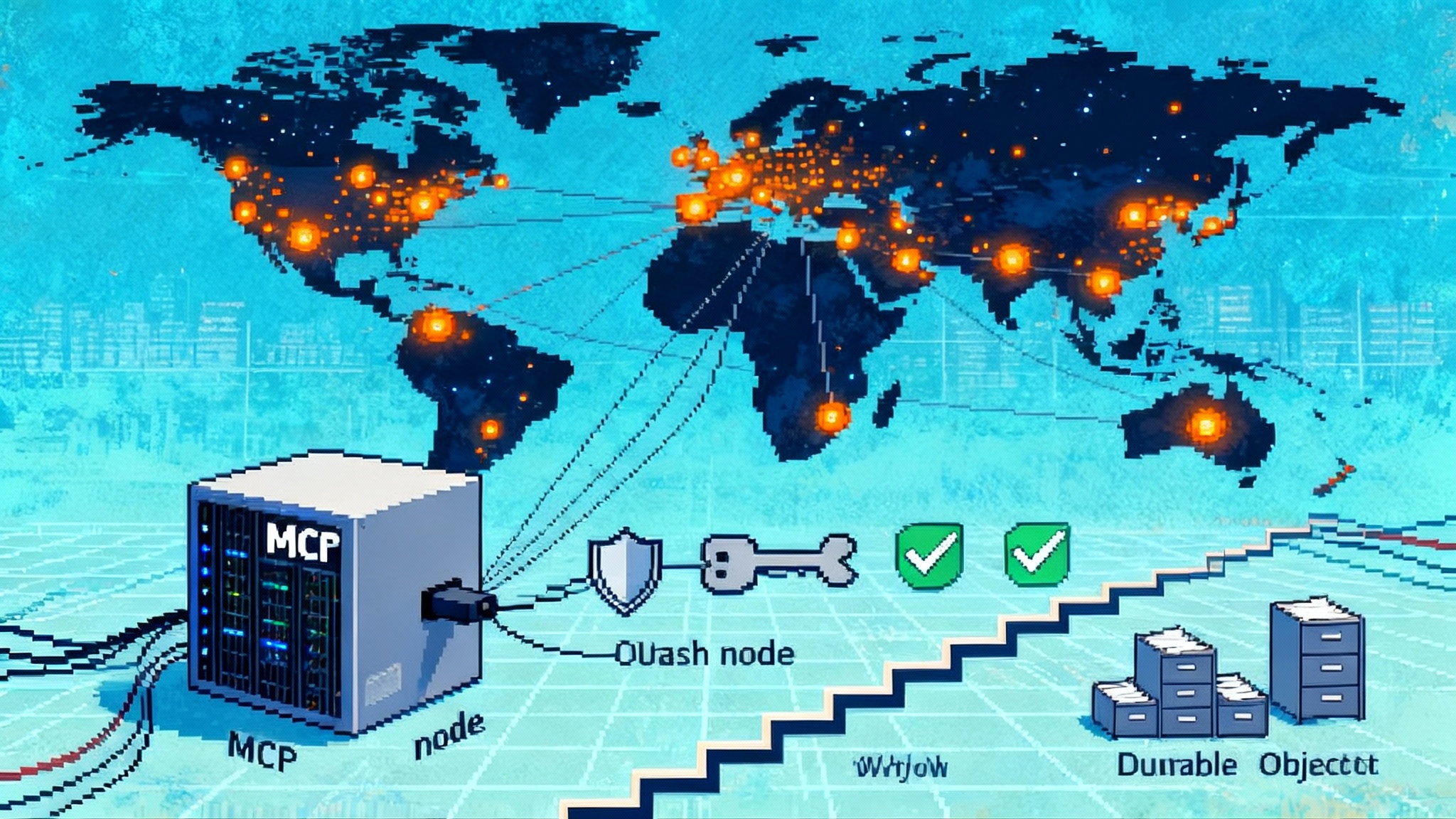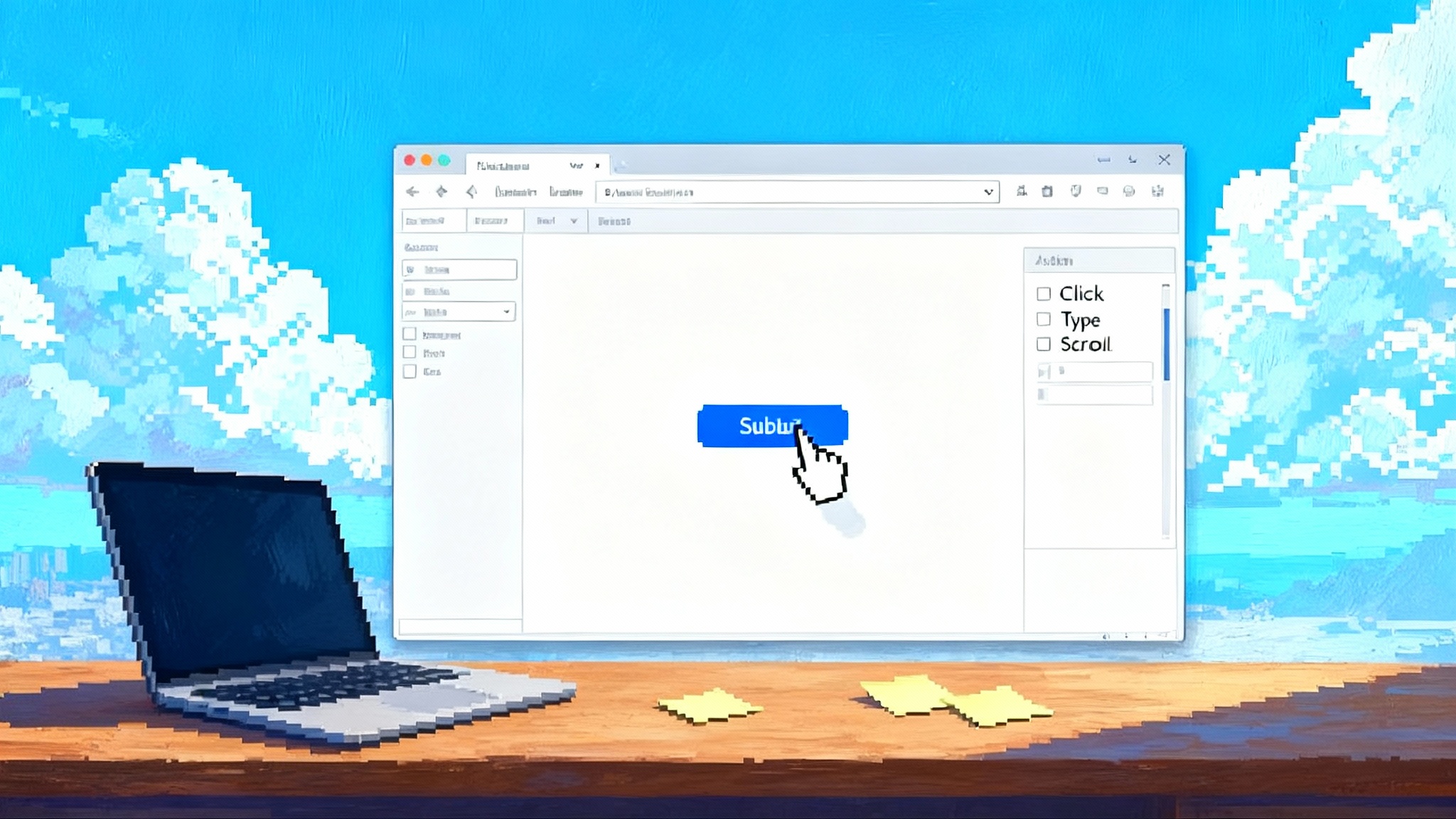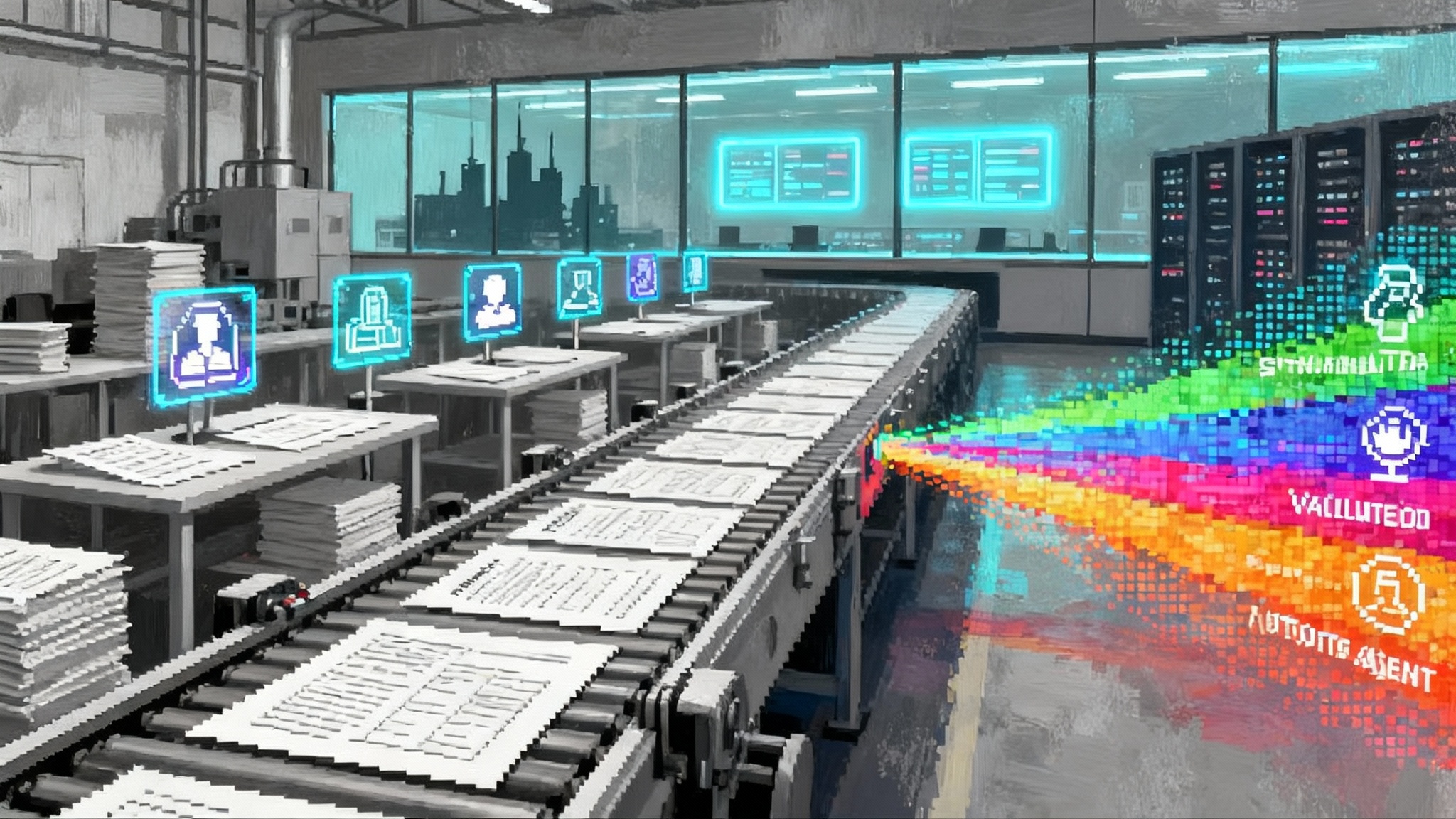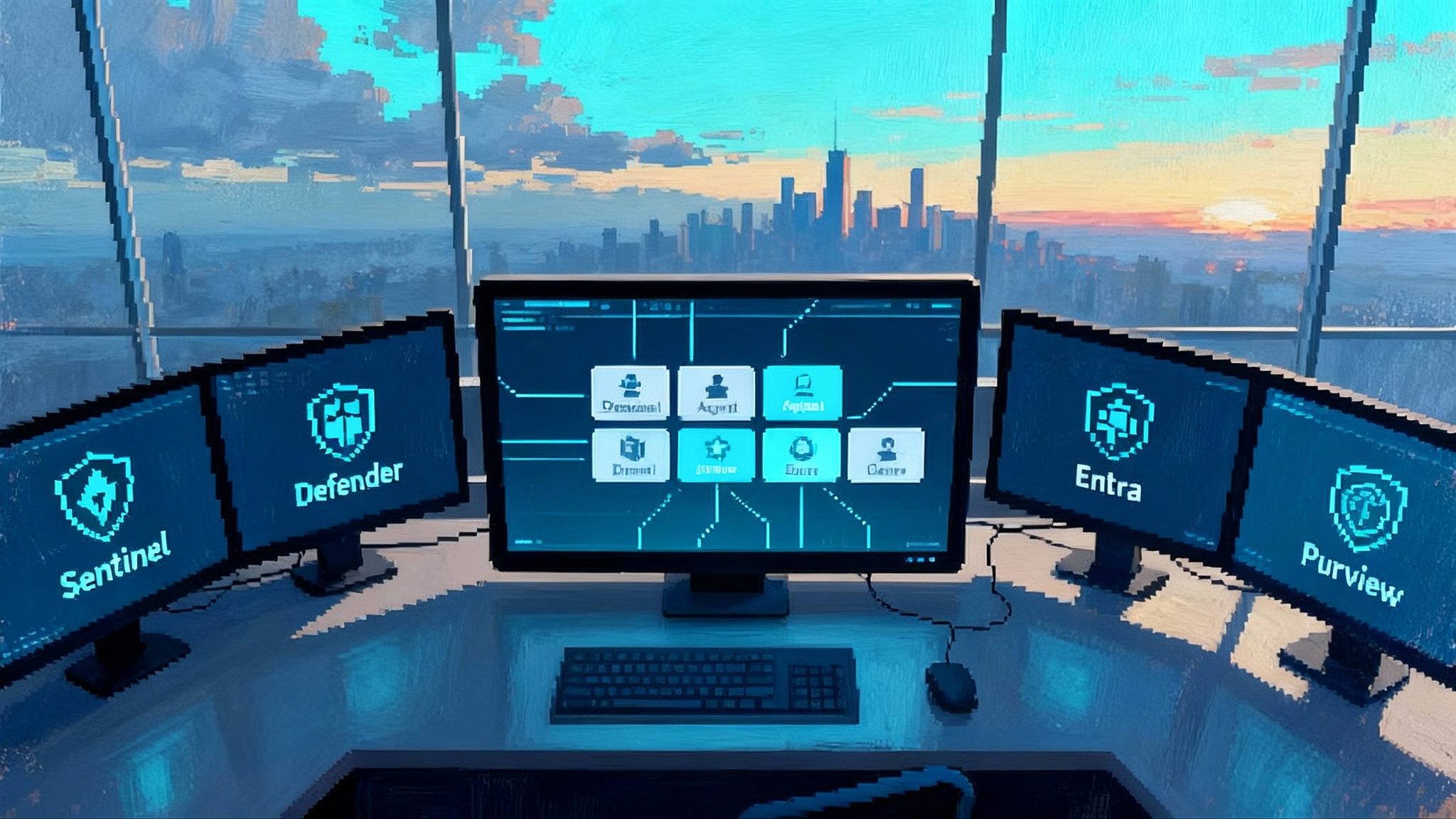Agent Hubs Are Becoming the Enterprise AI Control Plane
Enterprises are moving from scattered agent experiments to governed platforms. Learn why agent hubs are becoming the AI control plane, what a mature hub includes, and how to deploy one in 90 days.
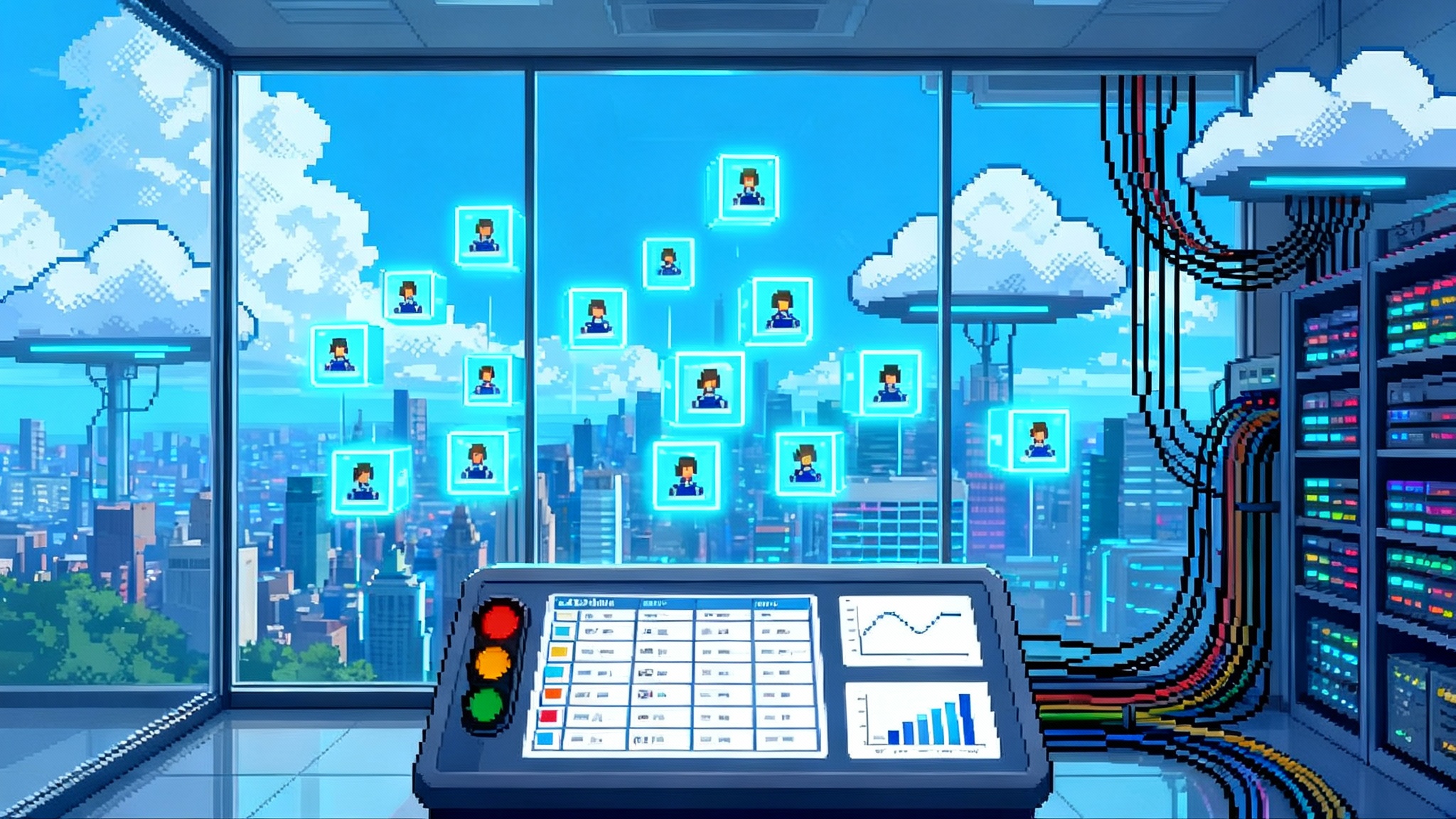
Breaking: Dataiku just put a control panel on the agent era
Enterprise teams have been busy experimenting with artificial intelligence agents in sandboxes, side projects, and shadow tools. The result is a familiar pattern. Excitement is high, consistency is low, and risk is quietly compounding. On October 7, 2025, Dataiku announced Agent Hub, a workspace where employees can discover, build, and share approved agents while IT retains oversight of data, models, and lifecycle governance. The company positions it as a way to centralize templates, guardrails, and usage insights so businesses can finally measure adoption and return on investment. For specifics on templates, orchestration, and oversight, see the announcement in Dataiku launches Agent Hub.
This is more than a feature drop. Agent hubs like this are consolidating into the enterprise control plane for AI, the cockpit that unifies creation, deployment, monitoring, and governance across dozens or hundreds of agents. If the past two years proved that agents can perform useful work, the next two will make that work safe, observable, and repeatable.
Why agent hubs, and why now
Think of your organization’s agent efforts as a city that grew without zoning rules. Handy shops popped up on every corner. Some are excellent. Some sell mystery goods. Traffic is a mess. Water and power are hit or miss. An agent hub is city planning for AI. It offers a registry of approved storefronts, a consistent set of utilities, and traffic lights so everything flows.
The forces pushing enterprises to adopt an agent control plane are clear:
- Agent sprawl. Teams spin up agents for triage, research, reporting, and routine tasks. Without a catalog, people rebuild similar agents with slight differences, or worse, rely on unapproved tools that leak data.
- Compliance and risk. Legal and security leaders need a single place to enforce policies, review prompts and tools, and track where data flows.
- Cost and ROI pressure. Finance leaders want to know which agents actually move the needle. That requires usage visibility, standardized metrics, and portfolio decisions.
- Developer velocity. Builders need templates, reusable tools, and model flexibility so they spend time on business value, not glue code.
Public agent stores and consumer marketplaces have their place, especially for individual productivity. Enterprises, however, need a governed internal catalog that aligns with corporate identity, data, and risk posture. The pattern is forming. Centralize agent assets, provide self serve creation inside guardrails, and manage the full lifecycle as you would any production system.
What an enterprise agent control plane includes
A mature agent hub is more than a directory. It stitches together policy, identity, telemetry, and lifecycle management. Using Dataiku’s Agent Hub as a reference point, here is the emerging blueprint:
- Self serve creation with templates. Nontechnical teams can bootstrap a quick agent from business friendly templates for tasks like research synthesis, report generation, knowledge base answers, or ticket routing. Templates codify corporate practices such as retrieval patterns, redaction rules, and tone.
- Policy as a product. IT defines what models, data sources, tools, and connectors agents can use. Policies travel with the agent through test, staging, and production, rather than living in a separate spreadsheet.
- Identity, access, and data governance. Agents inherit enterprise identity and role based access. They query data through approved connectors and catalogs, inherit masking rules, and log data lineage for audits.
- Observability and guardrails. Every agent emits structured events. Prompts, tool calls, latency, costs, success rates, escalation rates, and guardrail triggers. Security policies block disallowed tool calls, and safety filters catch sensitive content or hallucination prone actions.
- Orchestration and routing. The hub can route a user request to the right agent, or coordinate multiple agents for multi step tasks. This turns a swarm of point solutions into a responsive taskforce.
- Evaluation and promotion. Changes to prompts or tools flow through evaluation harnesses and approvals. The best performers graduate to gold status in the catalog. Rollbacks are one click if a regression slips through.
- ROI tracking. Each agent has an owner, a purpose, and a cost model. Dashboards track adoption and value by team or process, so the portfolio can be pruned or invested in with confidence.
- Model and platform neutrality. Enterprise hubs connect to the major clouds and inference providers. This avoids lock in and lets each use case pick the right model for cost, speed, and quality.
Dataiku’s Agent Hub follows much of this playbook with a template library, quick creation flow, central oversight, and orchestration that links multiple agents to complete complex tasks. Crucially, it sits within the same platform that many organizations already use for analytics and machine learning, so agents benefit from existing controls around data access, lineage, and approvals.
Internal catalogs vs public agent stores
It is tempting to let employees fetch tools from public agent stores. Some are great for personal productivity. Enterprise use has different requirements:
- Provenance. You need to know who built the agent, which models and tools it uses, and where training or retrieval data originates. Internal hubs make provenance a first class field, not an afterthought.
- Data boundaries. Public stores rarely respect your data classifications. An internal catalog enforces row level security, masking policies, and regional data residency.
- Change control. Public agents can change without notice. Internal catalog agents follow a change process with evaluations and approvals.
- Support and continuity. When a critical workflow breaks, your operations team needs an owner and a runbook, not a dead marketplace listing.
- Legal hold and auditability. Regulated industries need retention, audit logs, and defensible explanations. Internal hubs keep the records close.
A clean strategy emerges. Use an internal hub to build and vet agents tied to business data and processes. Publish outward only when a use case is appropriate and low risk, and only through well governed interfaces. The enterprise catalog becomes your source of truth.
How this trend shows up across platforms
The control plane pattern is not limited to one vendor. You can see it in multiple product lines that are converging on similar ideas of governance, orchestration, and portfolio management. For instance, our analysis of the AWS AgentCore and Agents Marketplace showed how a curated catalog accelerates safe adoption while giving IT the levers to manage cost and policy. We described a related directional move in the IBM AgentOps control tower, where orchestration and governance sit at the center of enterprise AI work. And on the data lifecycle side, Databricks Agent Bricks automation highlights how evaluations and pipelines turn experiments into production systems.
Different stacks will emphasize different strengths. Some will lead with developer ergonomics. Others will lean into security controls, lineage, or platform neutrality. The convergence point remains consistent. A central hub where agents live as first class, governed products.
From pilots to production: the rise of AgentOps
AgentOps is the discipline of running agents in production. It borrows from DevOps, MLOps, and security engineering, then adds evaluation and guardrails tailored to language and planning models. The shift is already visible in platform roadmaps. For example, Google has announced managed runtimes and open tooling to build and operate multi system agents, including testing and release controls, as described in build and manage multi-system agents. Different vendors will take different approaches, but the direction is consistent. More structure around how agents are built, tested, deployed, and observed.
What does AgentOps look like day to day?
- Evaluation. Use both synthetic and human in the loop evaluations on golden tasks before promotion. Track accuracy, policy adherence, and user satisfaction.
- Versioning. Treat prompts, tools, and routing policies as versioned artifacts. Tie every production agent to an immutable release.
- SLOs and runbooks. Define service level objectives for success rate, latency, and cost per task. Create incident playbooks for degraded performance or policy violations.
- Drift and safety monitoring. Watch for model drift, tool failures, or new prompt exploits. Block and rollback when guardrails trigger.
- Portfolio management. Rank the agent catalog by impact and risk. Retire redundant agents, consolidate overlapping use cases, and focus investment on a few high value workflows.
Dataiku’s Agent Hub sits naturally inside this discipline. It brings evaluations, approvals, and observability into the same place where agents are built and shared. That reduces context switching and institutionalizes good habits.
A 90 day rollout playbook for an internal agent hub
Standing up a control plane is a transformation. It succeeds when you ship value early while laying solid foundations. Use this three phase plan.
Days 0 to 30: foundations and first wins
-
Form the working group. Name a product owner from the business, plus leads from IT, data, security, and finance. Give them a weekly decision forum.
-
Pick two to three business critical use cases. Prioritize repetitive, high volume tasks with clear baselines. Examples. Sales proposal prep, support triage, vendor due diligence, regulatory reporting checklists.
-
Define value measures. For each use case, set expected time saved per task, reduction in escalations, or increased throughput. Commit to a target cost per task.
-
Select the hub and connect foundations. If you already run Dataiku, upgrade to the latest release and enable Agent Hub. Connect it to your identity provider for single sign on and role based access. Link the hub to your data platforms and vector stores through existing connectors.
-
Establish policies. Decide which models, connectors, and tools are allowed at launch. Write rules for retrieval sources, prompt injection prevention, redaction, and output filters. Codify these as reusable templates.
-
Build the first templates. Create opinionated templates for your chosen use cases. A research summarizer with citations, a triage agent with strict escalation rules, and a report generator that outputs to your document format. Favor simple over fancy.
-
Stand up observability. Turn on centralized logging and metrics. Instrument success rate, latency, cost, and guardrail triggers. Ensure all events are tied to a unique agent and release.
-
Pilot with a small group. Ship a quick agent in each use case to 20 to 50 users. Collect friction points daily. Fix the top three issues each week.
-
Publish a catalog page. In your intranet, explain how to find and request approved agents, how to ask for new ones, and where to submit feedback.
Days 31 to 60: industrialize and integrate
-
Expand templates and policies. Add templates for classification, enrichment, knowledge lookup, and action taking agents. Add budget policies. Daily token ceilings, timeouts, and banned tool combinations.
-
Wire in change control. Add an evaluation harness with golden tasks for each use case. Set pass thresholds for promotion. Require approvals for changes to prompts or tools.
-
Integrate with MLOps and data governance. Register agent artifacts alongside models in your chosen registry. Ensure lineage flows from agent runs to datasets and dashboards. Keep your catalog in sync with model registries and data catalogs so owners and reviewers see the whole picture.
-
Train the champions. Identify power users in each department. Teach them how to create a quick agent from a template, request new connectors, and read observability dashboards.
-
Tidy the portfolio. Use the hub’s metrics to find redundant agents. Merge where possible. Retire what is unused. Promote top performers to a gold tier.
-
Embed security testing. Add red teaming to the evaluation suite. Test prompt injection, tool misuse, and data boundary violations. Record incidents and fixes.
-
Plan for continuity. Assign owners and on call rotations for critical agents. Document runbooks for failures and rollbacks.
Days 61 to 90: scale, measure, and charge back
-
Scale access. Open the catalog to more teams. Move critical agents to a managed runtime with autoscaling and quotas. Set per team budgets.
-
Implement chargeback or showback. Display cost per task by team. Encourage teams to choose efficient models or adjust prompts when costs spike.
-
Automate reviews. Create a monthly agent review where owners present adoption, impact, issues, and planned changes. Remove agents that miss usage or value thresholds for two consecutive months.
-
Strengthen routing. Add request routing to match a user’s intent to the best agent. For complex tasks, orchestrate multi agent workflows with clear handoffs and safeguards.
-
Close the loop with analytics. Pipe agent events into your warehouse. Give business leaders a portfolio dashboard that shows time saved, escalations avoided, and dollars returned.
-
Create an internal marketplace feel. Curate your catalog with categories, ratings, and spotlights on gold agents. Celebrate teams that retire redundant tools in favor of shared winners.
The output of these 90 days is a usable control plane that proves value. You will have a small set of dependable agents, a template library, guardrails that work, and a portfolio rhythm that keeps quality high and costs under control.
What IT should measure to prove value
Use metrics that tie directly to business outcomes and operational health:
- Adoption and engagement. Weekly active users, sessions per user, and repeat use per agent.
- Success rate and escalation rate. Percentage of tasks completed without human handoff, and how often agents escalate when they should.
- Latency and cost per task. Median and tail latency, tokens and dollars per successful task.
- Guardrail triggers and incidents. Blocked tool calls, safety violations, and time to remediate.
- Portfolio health. Number of agents in gold tier, redundancy index, and retirement rate for underperformers.
- Business value. Hours saved, cycle time reduced, or revenue influencing metrics that the business owner commits to.
To make these metrics credible, decide up front how each team will instrument outcomes. For example, a support triage agent should log deflection, resolution time, and escalation reasons. A research summarizer should log citation quality and satisfaction scores. A sales proposal agent should log proposal cycle time and win rate influence. Tie each measure to owners and targets so it becomes part of the operating rhythm, not a dashboard no one checks.
Common pitfalls and how to avoid them
- Focusing on flash over foundations. Shipping flashy demos without observability and change control creates debt. Start with a small set of templates and a basic evaluation harness.
- Ignoring data governance. Agents that bypass catalogs or masking rules will fail audits. Integrate with your data governance early and inherit policies everywhere.
- Letting the catalog sprawl. Without portfolio management, the hub becomes a junk drawer. Enforce owners, reviews, and retirement criteria.
- Mixing dev and prod. Make promotion explicit. Keep test runs and production traffic separate, with clear labels and permissions.
- Overfitting to one model. The best model today may not be the best next quarter. Design for model flexibility and compare costs and quality regularly.
The bigger picture: the control plane beats the tool zoo
Every wave of enterprise software matures the same way. A burst of experimentation gives way to a platform that standardizes the good ideas and makes them safe to scale. In the agent era, that platform is the internal agent hub. Dataiku’s Agent Hub shows how the pattern comes together. Self serve creation with strong templates, governance without friction, observability that connects to ROI, and orchestration that turns a directory of agents into a coordinated workforce.
Public marketplaces will continue to spark ideas. The real value will be captured inside the enterprise, where agents meet your data, processes, and risk posture. Build your control plane now. Start small, measure relentlessly, and let the catalog guide your investments. The organizations that make this shift from pilots to production AgentOps will compound value quickly, and they will do it without losing control.
